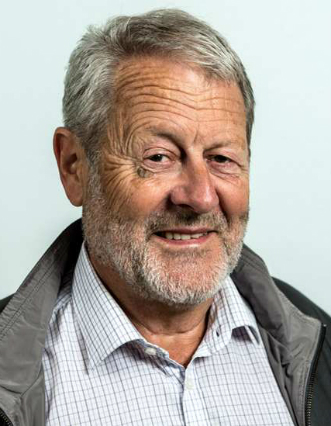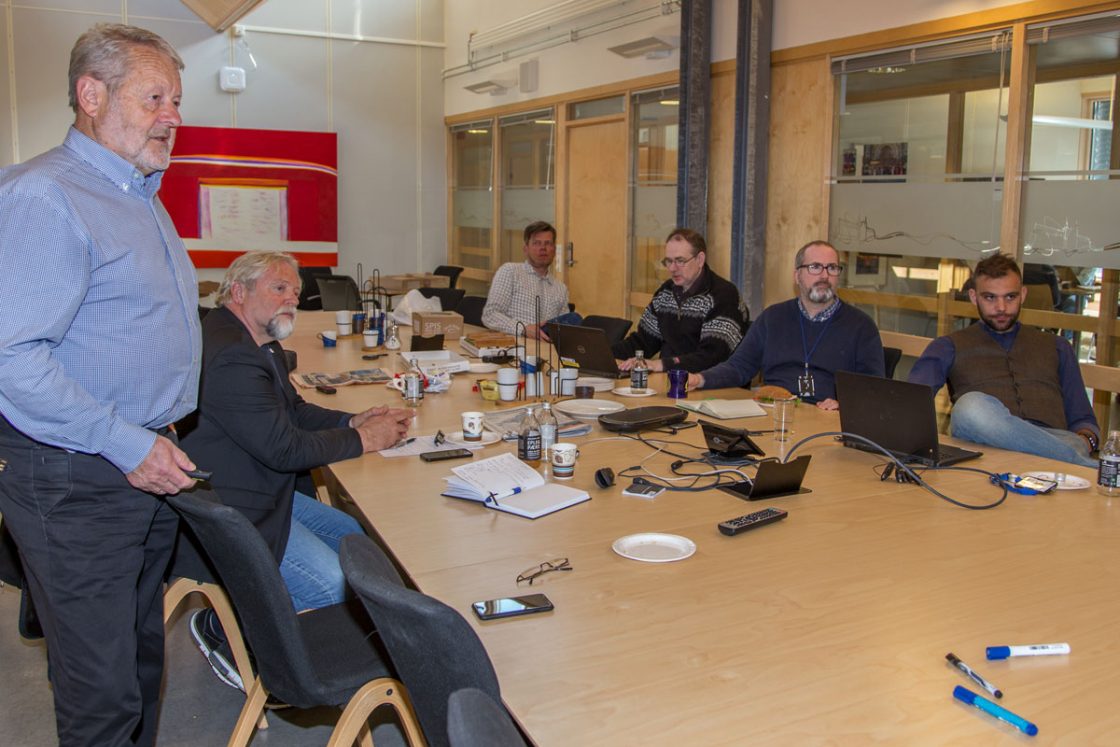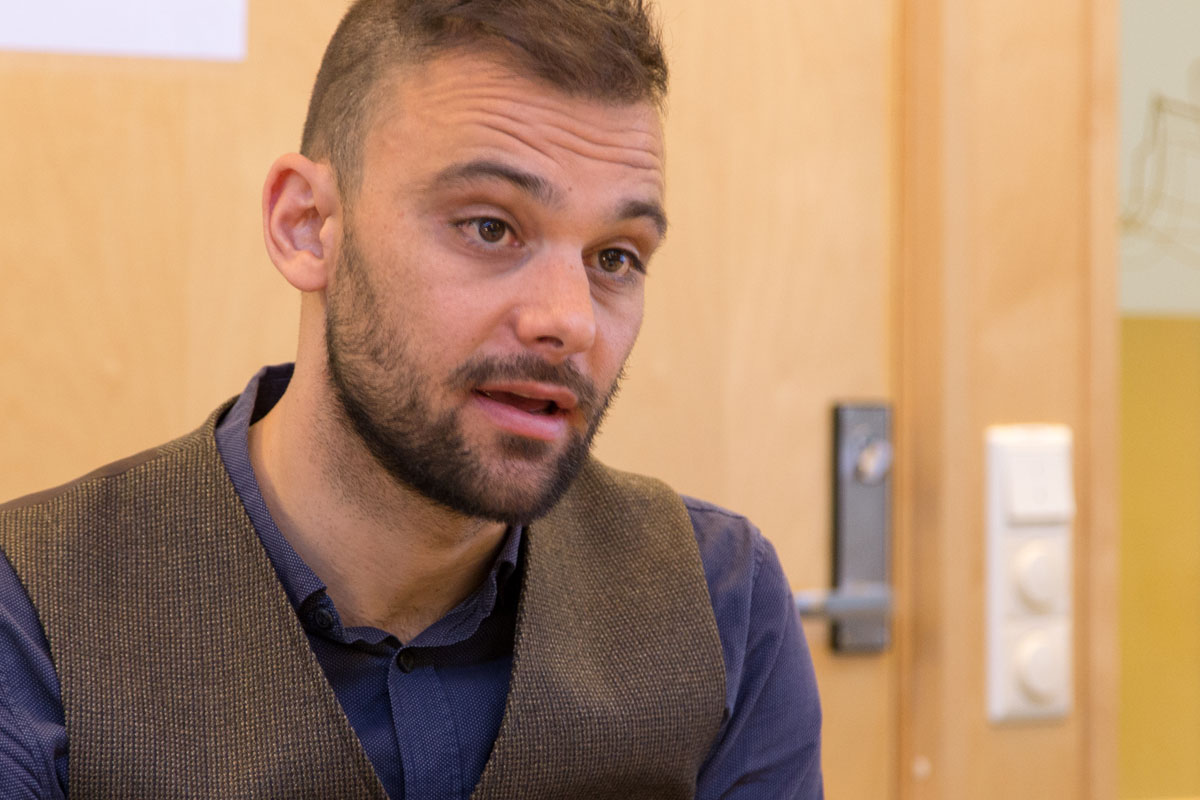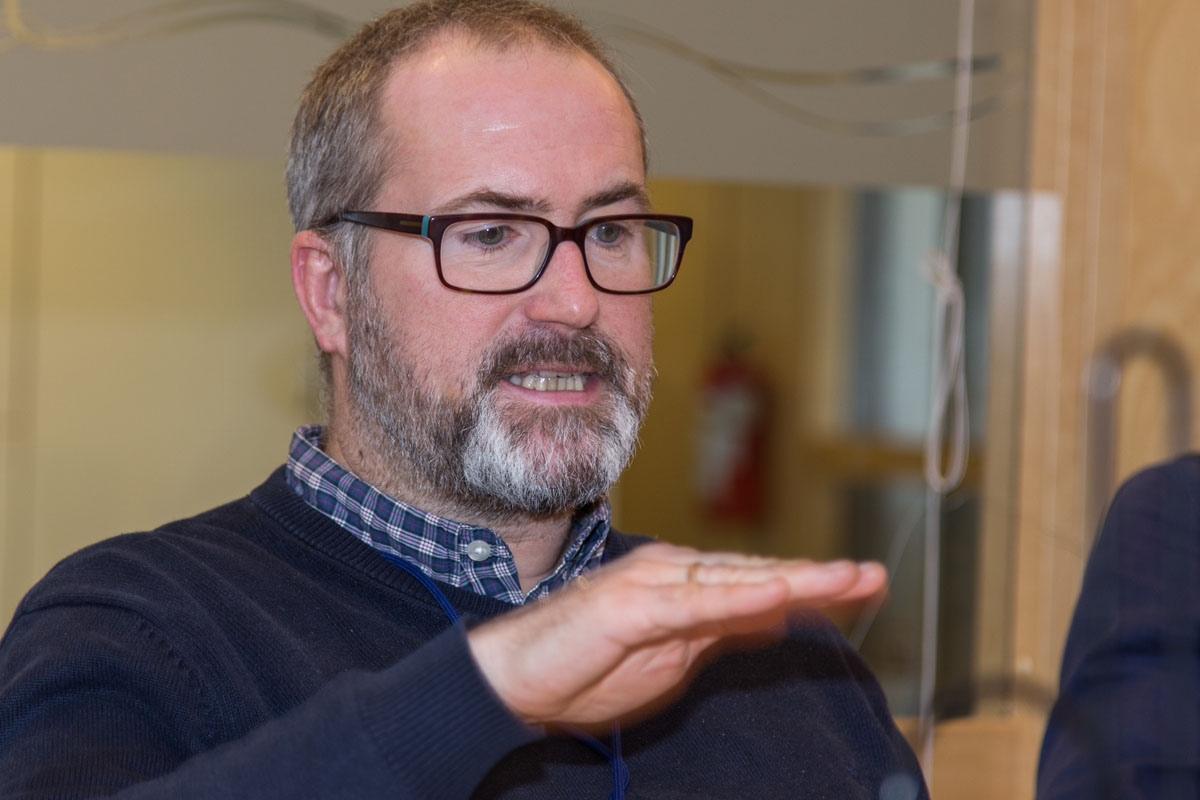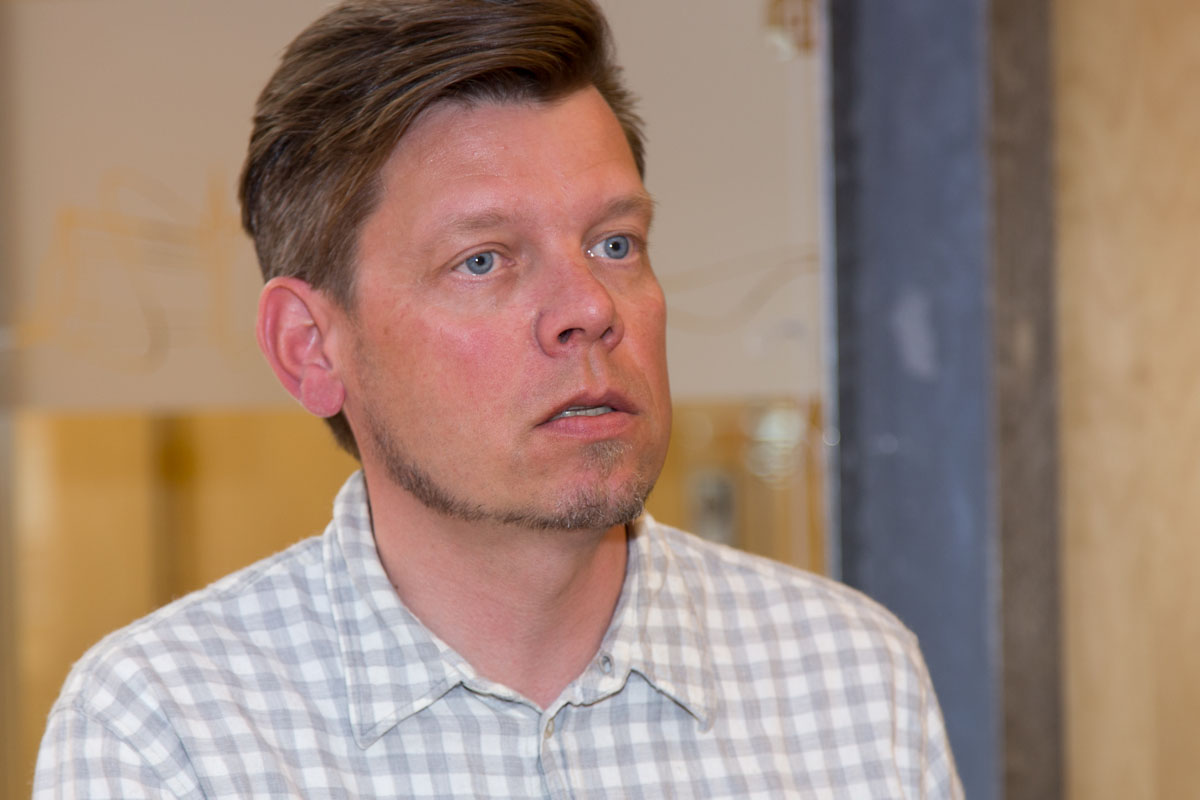Interview with Olav Ellevset (CEO Fosenbrua AS) per. December 2017:
Will there really be a bridge over the Trondheimsfjord?
-We think it’s just a matter of time. There is a great deal of work in Norway to adapt to and further develop technology for such crossings.
What is crucial for the project to be realized?
-We are working towards the project to be able to finance itself, so this is the main challenge. With today’s framework the toll-free loans have to be paid back in 15 or 20 years. We work to adapt this to the lifetime of what is being financed. For such large constructions it will be minimum 100 years. We believe that the repayment period for short-term loans should be changed to a minimum of 40 years. Another issue is the practice for value added tax. Municipalities are able to refund this. But if the project is financed and implemented by a company, then today’s rules are interpreted so that refunds are not possible.
When will the bridge be finished?
-We believe it will be finished within a 10 years.
Will there be expensive toll rates?
-We assume that it will not be more expensive than today, preferably less.
What will the bridge look like?
-Several types is possible, and relevant suppliers from the shipbuilding-, the steel- and the construction industry are invited to come up with technical concepts. A low floating bridge is the solution that will be cheapest.
Will there be walking and cycling crossings?
-Yes.
What are you working on right now?
-The main task now is to find which way of funding that can be probable over 40 years. Norconsult is starting their work on traffic forecasts right now. The aspirations of the business industry and the aspirations of municipal authorities for growth and development are crucial. Rambøll is starting with an overview study for the crossing of the Stjørnfjord. The work on influencing the overall financial framework for such large projects is an ongoing project. In this matter we are working with other crossings in Norway.
Who are in the Board of Fosenbrua AS?
-Ove Vollan (Sparebank 1 SMN) is Chairman of the Board. Eigil Erbe (Attorney Company Erbe & Co), Elin Harbak (Johs. J. Syltern AS), Ragnar Lyng (Lyng Gruppen AS), Ola Setsaas (Stadsbygd Sparebank), Siri Stjern-Strøm (Stjern AS), and Olbert Aasan (Indre Fosen Invest AS) are board members
Will there be any work for local entrepreneurs on the bridge?
-The project includes not just the bridge over the Trondheimsfjord, so that is highly likely.
Can businesses and ordinary people help make the bridge be realized?
-Of course, it is important that there is an overall agreement at Fosen behind.
What are the largest effects of the bridge over the Trondheimsfjord?
-With bridges over the Trondheimsfjord and the Stjørnfjord large parts of Fosen will have a common living-, service- and labor market with the Trondheim region. Today’s population of 25,000 citizens can be expected to double. It will be a question how long it will take, 30, 40 or 50 years to double the population. It is important that the municipalities prepare for growth so that they can manage unfortunate effects through planning.

